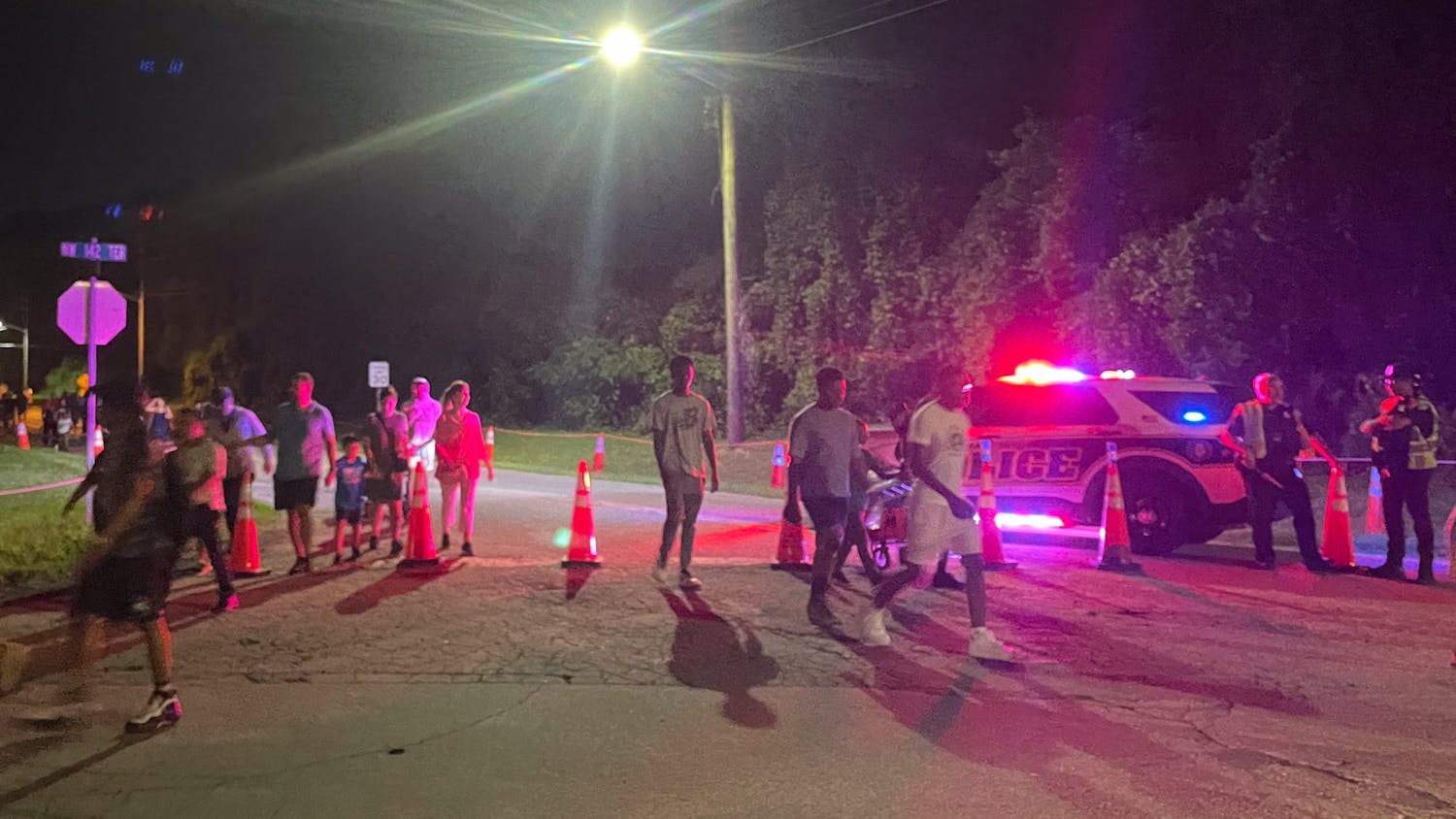More than a quarter of Alachua County residents have failed to prove they exist.
As of Monday, 71 percent of Alachua County residents have mailed in their census questionnaires. In 2000, the total mail-back participation was 62 percent for Alachua County.
The 2010 census will determine the use of more than $400 billion of federal spending and the number of delegates in the U.S. House of Representatives, according to the U.S. Census Bureau’s website.
On May 1, the Census Bureau began sending about 635,000 census enumerators to collect data door-to-door across America.
According to Ivy Bell, an Alachua County senior planner, this is the first year that the Census Bureau will not send a long form with the census questionnaire.
In 2000, the long-form questionnaire was more than 50 questions long.
“[This year’s census] is 10 questions. It takes about 10 minutes to answer them,” Bell said.
In order to project future demographics, analysts need accurate data to base their predictions on, said Stanley K. Smith, director of UF’s Bureau of Economic and Business Research.
“It also would affect a variety of statistics, such as when you calculate birth, death and crime rates,” Smith said. “Those are all based on population counts or estimates, so if you have inaccurate population counts or estimates, then you’ll have inaccurate measures for these types of rates. It will give a very misleading idea about an area or population.”
In addition to allocating funding and political representation, a higher participation in the census gives a more accurate picture of the U.S. population, he said.
Janine Monfries, a second-year sociology student, said her dorm required her to fill out the census questionnaire.
“[The census bureau] already [has] the commercials showing they are really trying to get the stragglers,” said Monfries.





